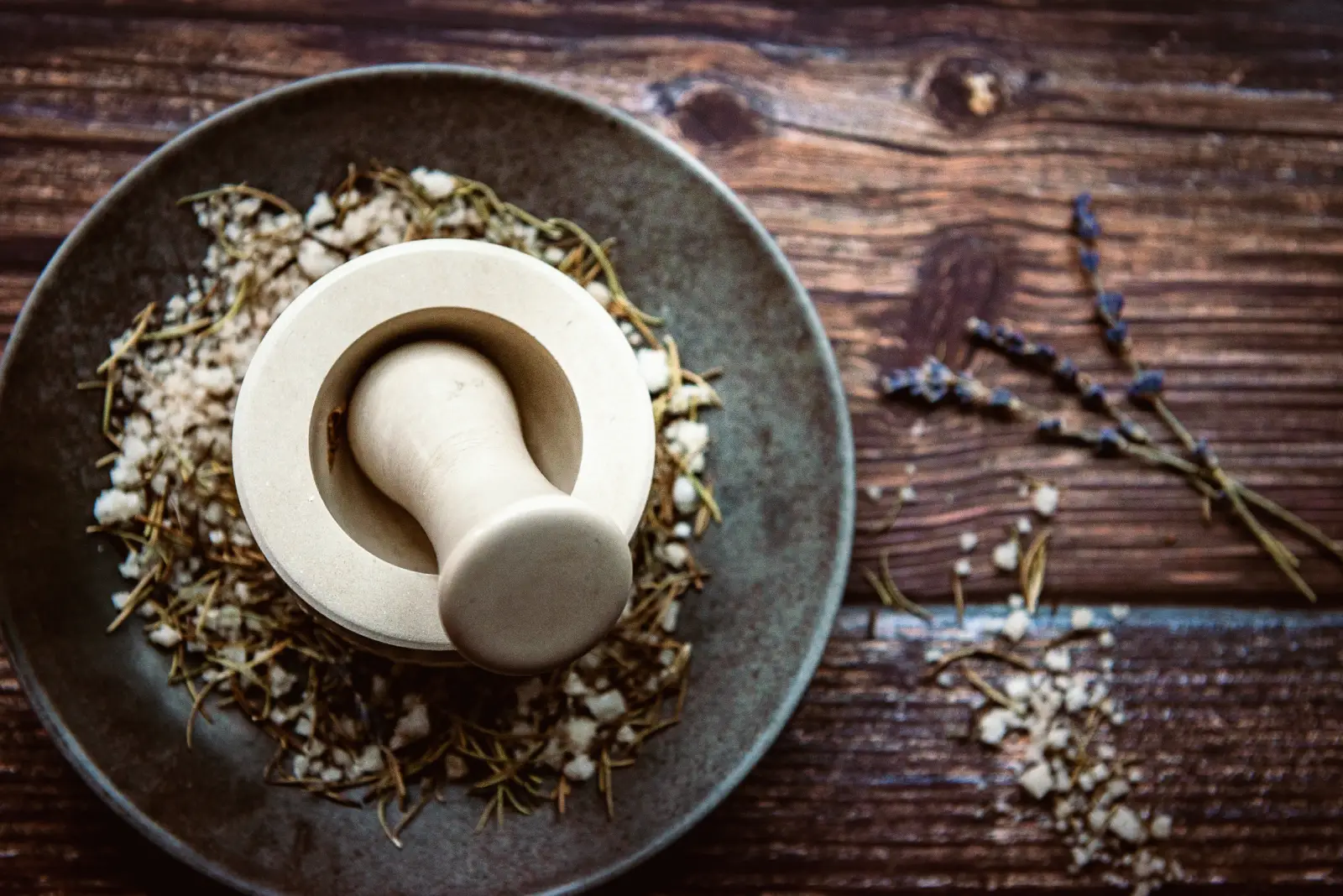SALT FROM STON SALTWORKS
Our local salt comes from the saltworks located in the small town of Ston on the Pelješac Peninsula. It is one of the oldest in Europe, dating back to Roman times. Ston salt is famous for its high quality and the traditional ways it is made.
KEY CHARACTERISTICS
Pure and natural: Salt is all-natural, pure with no additives, retaining its natural minerals. It has a fresh, sea-like taste.
Uses in cooking: It is perfect for adding flavor to all kinds of dishes, both for cooking and as a final touch on prepared food.
Traditional harvesting: Using traditional methods unchanged for centuries, salt is produced with the sea, sun, and wind, taking one to two months, collected by hand.
Historical importance: Ston, as a city of salt, even today is one of the oldest active saltworks in the world.
HISTORY AND CULTURAL SIGNIFICANCE
Roman times: The history of our salt goes back to Roman times. It was used as a form of payment for soldiers. Salt was vital for preserving food and maintaining health.
Dubrovnik Republic: Later, during the time of Dubrovnik Republic (14th to 19th century), Ston’s salt pans were very important. They helped make the area wealthy by trading salt with other places. Therefore, in the 14th and 15th century, the Republic of Dubrovnik built large walls around Ston to protect the salt pans.
Salt pans: The nine crystallization pools are named after Saints: Frano, Nikola, Baltazar, Anton, Josip, Ivan, Petar, Pavao, and Mundo. During the Republic of Dubrovnik, the purest salt was sent to Venice court from the Vlaho i Lazar pools with granite bottoms.




